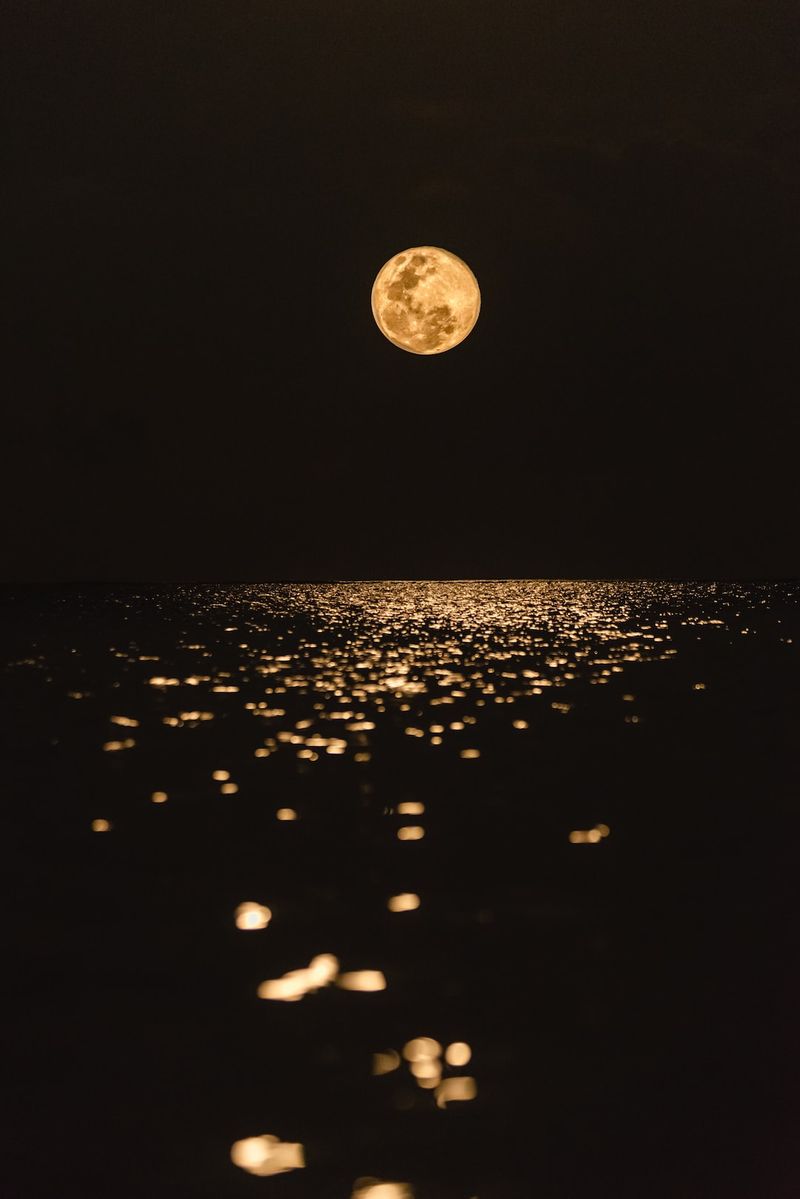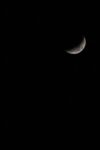Report: Super Blue Moon of 2023
Introduction
The Super Blue Moon of 2023 is set to occur on Wednesday, August 30th, and will be one of the brightest and largest moons of the year. This phenomenon, a convergence of a Blue Moon and a supermoon, has generated significant interest among skywatchers and astronomy enthusiasts. In this report, we will explore the significance of the Super Blue Moon, explain the term “Blue Moon,” discuss the concept of supermoons, and provide details on the timing and future occurrences of this celestial event.
Understanding the Super Blue Moon
The term “Blue Moon” might give the impression that the moon will appear blue in color. However, the term actually refers to the second full moon that occurs in a calendar month. This definition originated in the 1940s and has been widely accepted ever since. In the case of the Super Blue Moon of 2023, it is called a Blue Moon because it is the second full moon of August.
The term “supermoon” refers to a phenomenon wherein the moon appears larger and brighter in the sky due to its proximity to Earth. The moon’s orbit around our planet is not perfectly circular but rather elliptical, causing variations in its distance from Earth. When the moon is at its perigee, the closest point in its orbit, it appears larger than usual. The Super Blue Moon of 2023 falls during a period when the moon is near its perigee, making it a supermoon.
The Timing of the Super Blue Moon
According to In the Sky, a website dedicated to celestial events, the Super Blue Moon will rise just after sunset at 7:10 p.m. EDT (2310 GMT) on Wednesday from the eastern horizon. However, this will not be the moment when it appears at its biggest and brightest.
The exact moment of the full moon, when it is completely opposite the sun in the sky over Earth, is at 9:36 p.m. EDT on August 30th (0336 on August 31st) according to NASA. At this time, the moon will be in the constellation of Aquarius. It will then set on Thursday just before the sun rises at around 6:46 a.m. EDT (1046 GMT).
Philosophical Discussion: The Beauty and Significance of Celestial Events
The occurrence of celestial events, such as the Super Blue Moon, often captivates our imagination and evokes a sense of wonder. These events remind us of the vastness and beauty of the universe and our small place in it. They also have cultural and historical significance, as different communities and cultures have attributed various meanings and interpretations to celestial phenomena throughout history.
In ancient times, celestial events were often considered omens or signs from the gods. Today, we have a more scientific understanding of these events, but their beauty and the sense of awe they inspire remain intact. Observing celestial events can be a humbling experience that connects us to the wonders of the universe and encourages us to contemplate our place in it.
Future Occurrences of Super Blue Moons
While the Super Blue Moon of 2023 is an extraordinary event, blue moon/supermoon coincidences are relatively rare occurrences. According to NASA, the average time between Super Blue Moons is 10 years. The next Super Blue Moon after August 30th, 2023, will be in January 2037, followed by another one in March 2037.
It is important to note that while the next full moon after the Super Blue Moon will not be a Super Blue Moon, there will still be opportunities to witness supermoons in the future. On September 29th, 2023, the Full Corn Moon will be the fourth supermoon in a row and the final supermoon of the year. In 2024, there will be two supermoons, one on September 18th and another on October 17th.
Advice for Skywatchers
For those who hope to catch a glimpse of the Super Blue Moon or any other celestial event, investing in a good telescope or binoculars is highly recommended. The Celestron Astro Fi 102 is a top pick for beginners, as it offers excellent views of the moon and other celestial objects.
Taking photographs of the Super Blue Moon can also be a rewarding experience. For astrophotography enthusiasts, our guide on how to photograph the moon and our recommendations for cameras and lenses specialized in astrophotography are valuable resources.
Finally, it is worth mentioning that sharing your own images of the Super Blue Moon or any other celestial event can contribute to the collective appreciation of these natural wonders. Space.com is accepting submissions of Super Blue Moon photographs from readers, providing an opportunity to showcase your work to a wider audience.
Conclusion
The Super Blue Moon of 2023 is a highly anticipated celestial event that offers a chance to witness the beauty and grandeur of the universe. Despite the rarity of such occurrences, we can still find wonder and inspiration in the night sky throughout the year. Whether it is a supermoon, meteor shower, or a rare planetary alignment, taking the time to observe these events can enrich our understanding of the cosmos and remind us of our place in the universe. So mark your calendars, prepare your telescopes, and get ready to witness the magic of the Super Blue Moon.

<< photo by Javardh >>
The image is for illustrative purposes only and does not depict the actual situation.
You might want to read !
- Super Blue Moon 2023: A Celestial Spectacle Not to Be Missed
- The Celestial Rarity: Witnessing August’s Once-in-a-Blue-Moon Phenomenon
- A Celestial Spectacle: A Guide to Witnessing the Peak of the Perseids Meteor Shower
- Finding Perseid Meteor Splendor: When and Where to Witness the 2023 Celestial Spectacle
- Perseid Meteor Shower Peaks Tonight: A Celestial Spectacle Not to Be Missed
- Exploring the Exciting Universe of “Asteroid City”: Win Prizes in this Facebook Giveaway!
- “The Full Strawberry Moon: A Guide to Witness June’s Breathtaking Lunar Phenomenon”
- “Why is the strawberry moon named so, and what makes it special?”
- “Exploring the Mystical Origins and Modern Significance of the Strawberry Moon and Other Full Moon Names”




